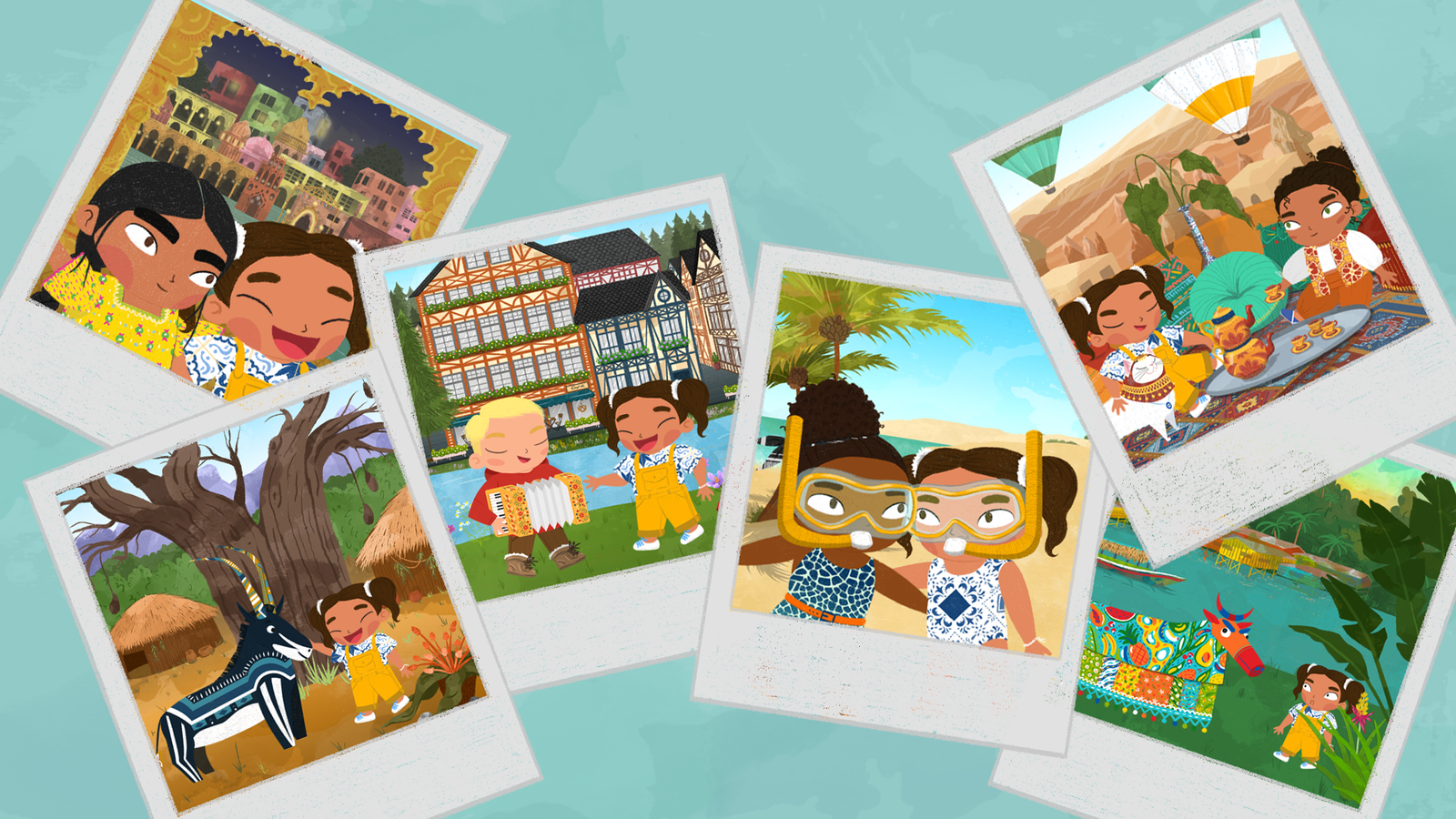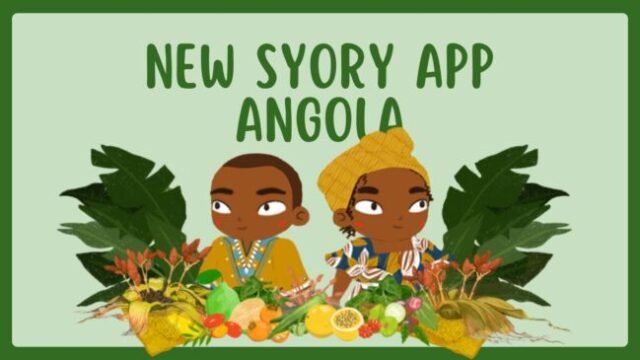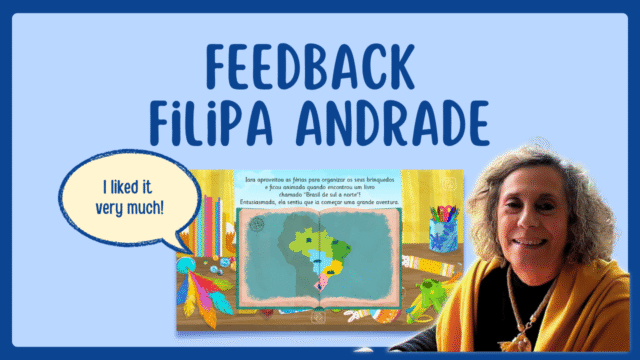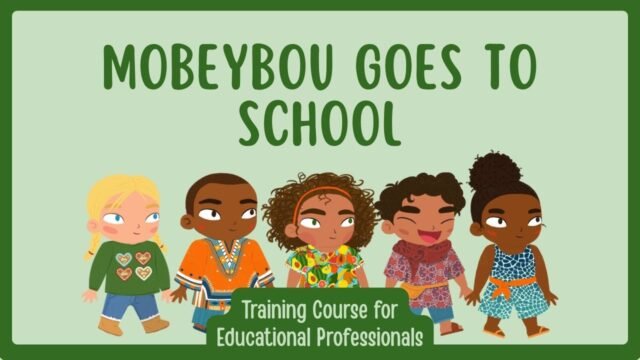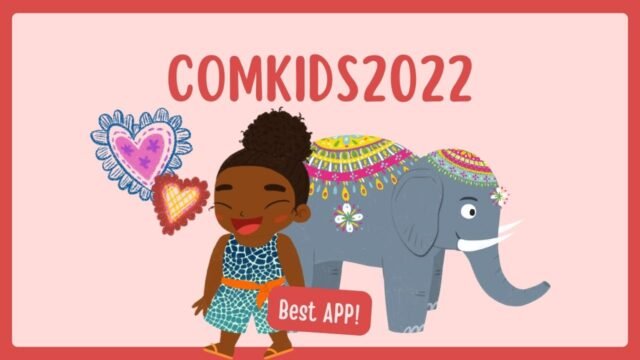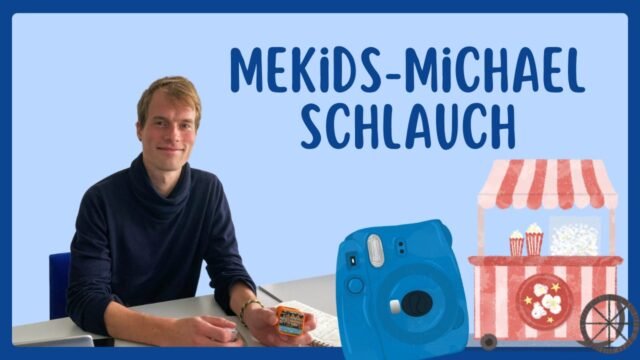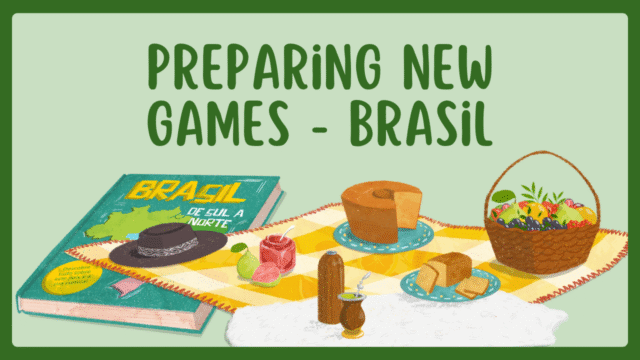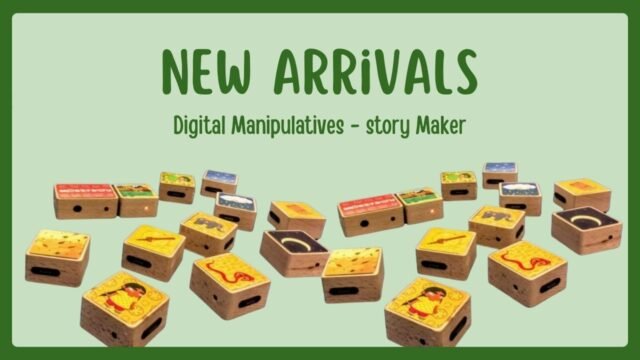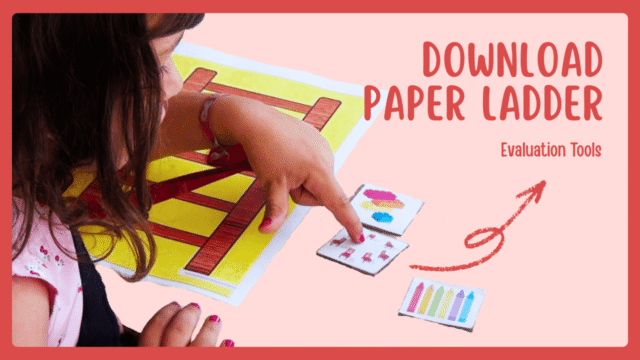I liked it very much!
Kindergarten Teacher on Using the Mobeybou Materials
🎥 Come meet Filipa’s perspective! Filipa accepted the challenge to learn more about our materials and put them into practice with her children. 🌟 Our educational materials are not just a resource, they are a tool to awaken curiosity and love for learning. 📚✨ See for yourselves what this experienced educator highlights. #InnovativeEducation #Mobeybou #EducationalInspiration
🎥 Venham conhecer a perspetiva da educadora Filipa! A Filipa aceitou o desafio de conhecer um pouco mais os nossos materiais e colocá-los em prática com as suas crianças. 🌟 O Mobeybou não é apenas um recurso, é uma ferramenta para despertar a curiosidade e o amor pela aprendizagem. 📚✨ Vejam por vocês próprios, o que destaca esta educadora já com muitos anos de experiência. #EducaçãoInovadora #Mobeybou #InspiraçãoEducativa
Our Course



Mobeybou goes to school
We are happy to share that our seminar/workshop on Digital literacy, multimodality and interculturality in the school curriculum: theories and practices mediated by a storytelling toolkit received 61 registrations and it will take place every Thursday, starting on January 2023 until May 2023.
Temos o prazer de partilhar que a nossa oficina de formação acreditada sobre literacia digital, multimodalidade e interculturalidade no currículo escolar: teorias e práticas mediadas por um conjunto de ferramentas de narração de histórias recebeu 61 inscrições e terá lugar todas as quintas-feiras, de Janeiro de 2023 até Maio de 2023. Follow us on Instragam and Facebook
comKids 2022
BEST APP The Mobeybou apps integrated the three finalists for BEST APP at the comKids festival, one of the most relevant festivals on digital media (presentation here)

Mekids
It was a pleasure to host Michael Schlauch from the University of Bolzano || Italy

Doing research that relates to the problems of educational practice is the challenge of our time. I came here on a research visit to work with Dr. Cristina Sylla and Dr. Maitê Gil to see how it’s done at the narrative learning project “Mobeybou” here in Braga.
Originally from Germany, I am a doctoral candidate at the Free University of Bolzano, Italy. There I conduct an educational design research project called “Media Education with Kids through Interactive Digital Storytelling” (MEKIDS). My goal is to use digital storytelling to enable children to be creative and reflect on a variety of subjects. For that reason I am developing the “Fantastinomio”, a simple picture-based digital storytelling environment that can be customized by the teacher. During my stay we adapted the Fantatinomio to the needs of a Portuguese elementary school. After long periods of remote learning and lockdown teachers pointed out the urgency to create an intervention on social emotional learning. Children participated in the design process by creating all the drawings that equipped this particular version of the Fantastinomio. Overall I am surprised at how much we have managed to do in a few weeks. The collaboration with Mobeybou has taught me that research is most successful with enduring mutual relationships with schools, teachers and pupils. This is something I will give particular attention to on my return to Italy.
Mobeybou in Brazil
Preparing the new games for Mobeybou in Brazil
We are delighted to have new games for the App Mobeybou in Brazil. Coming soon. Stay tuned for more!
And finally, they have arrived



Paper Ladder
Cristina Sylla, Elena Márquez Segura, Akeiylah DeWitt, Ahmed Sabbir Arif, Eva Irene Brooks
In user studies with children, it is important to use age appropriate evaluation tools to better understand their preferences, opinions, and thoughts. Here, we studied two accepted evaluation tools: The Five Degrees of Happiness, and the Sticky Ladder rating scales; together with the Paper Ladder, a paper version of the latter. Thirty-six preschoolers rated two creative and play activities (painting and construction blocks) and a game (the musical chairs) in terms of difficulty, enjoyment, and preference. Drawing from theories of embodied and distributed cognition, we performed a video analysis of the children’s interactions with these tools, focusing on how each tool supported the children’s cognitive processes and communication with the researcher. Here, we first describe children’s embodied behavior and discuss how these were supported by design features and affordances of the tools. Then, we discuss strengths and shortcomings of each evaluation method. Last, we provide recommendations for their design, appropriation, and usage by researchers developing and evaluating playful solutions and games for children.

Design Recommendations
Paper Ladder
– Print a ladder that fits on an A4 paper with wider rungs. This will allow placing tokens together on the same rung;
– Glue the A4 paper with the printed ladder onto a cardboard. It will allow holding the ladder vertically to evoke associations to real live ladders, explaining and understanding the rating method;
– Draw the floor below the ladder, to also strengthen real-world ladder associations.
– Glue the paper pieces with the printed activities onto cardboard cutouts, which are easier to handle, more like objects, more robust, and durable than paper pieces.
Sticky Ladder
– Create rungs that are “velcroable” in their entirety (and not just the center) and long enough to allow several tokens on the same rung.
– Avoid gluing the Velcro onto the cloth as this will not be sturdy enough to endure several placing/removing of the items under evaluation.
Five Degrees of Happiness Rating Scale
– Visualize the activity being rated either through a drawing next to the questionnaire scale, or using tokens (e.g. placing them next to the questionnaire);
– For sustainability reasons, use a tablet to capture answers. Alternatively, a re-usable notebook sized whiteboard.
Downloads
- Paper Ladder representing a five-point scale
- Paper Ladder representing a seven-point scale
- Paper Ladder (with numbers) representing a five-point scale
- Paper Ladder (with numbers) representing a seven-point scale
Cristina Sylla, Elena Márquez Segura, Akeiylah DeWitt, Ahmed Sabbir Arif, Eva Irene Brooks. 2019. Fiddling, Pointing, Hovering, and Sliding: Embodied Actions with Three Evaluation Tools for Children. In Proceedings of the 2018 Annual Symposium on Computer-Human Interaction in Play (CHI PLAY ’19). ACM, New York, NY, USA,
